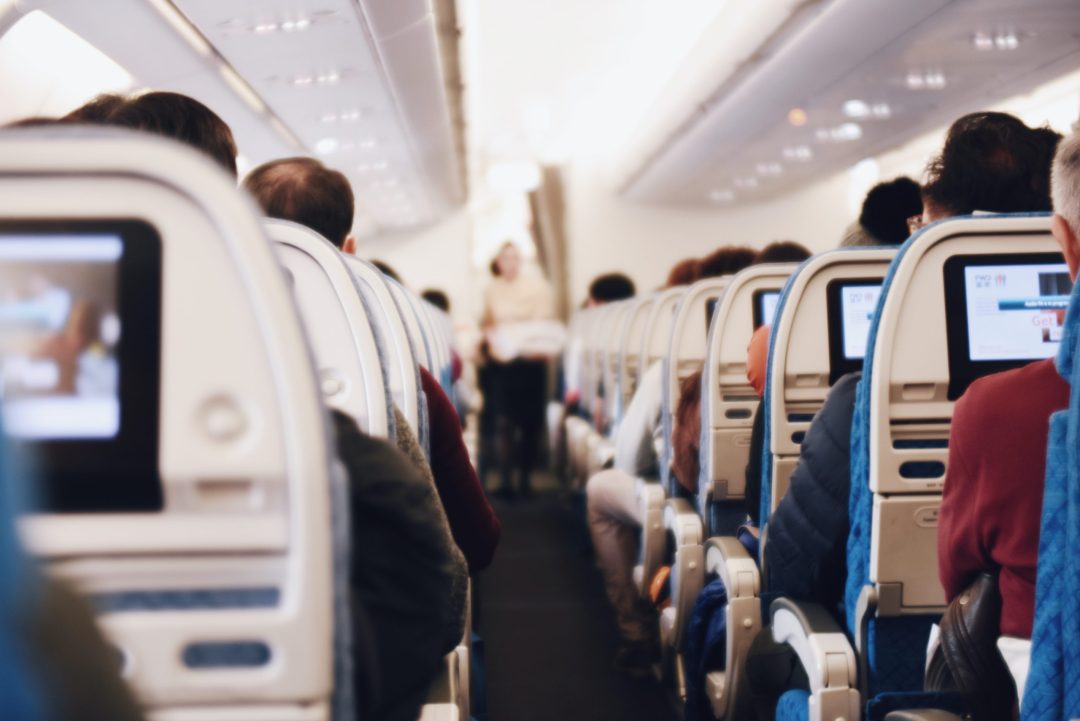Aircraft are incredible machines. They can fly through the air at high speeds and transport people and cargo across long distances. With all the benefits aircraft have, it’s no wonder some entrepreneurs are into the aviation business.
Aircraft rely on several systems, all of which must work together flawlessly. This goes beyond the engines that work hard to lift the plane into the air. There are also hydraulics, pneumatics, fuel systems, and more. All these systems must be regularly checked and maintained to ensure that the aircraft is safe to fly. This is where ground support equipment comes in.
What Are Ground Support Equipment (GSE) For?
GSEs help with aircraft safety. For example, GSE is used to tow aircraft into position for take-off and landing and move them around the ramp area. This helps to prevent accidents by keeping planes from colliding with each other or other objects.
GSE is also responsible for keeping passengers safe. Baggage tugs, for instance, help move luggage from the check-in area to the loading bridge, where passengers board the plane. This helps account for and load all luggage onto the correct aircraft. Without tugs, passengers would have to carry their bags, which could lead to injuries.
Another function of GSE is to help with aircraft maintenance. Some types of GSE, such as air start units, are for starting the engines on larger aircraft. These provide power to an engine to start a plane without using the main battery, which, in turn, helps prevent engine damage.
GSE also helps with aircraft turnaround times, the amount of time an aircraft spends on the ground between flights. The quicker the turnaround time, the more revenue an airline can generate. GSE significantly reduces aircraft turnaround times by helping with tasks like refueling and reboarding passengers.
These are but a few examples that show how important GSEs are in aviation. Its function depends on the type of equipment used. Knowing what these machines are and how they help ensure aviation safety is critical for anyone who works in the industry.
Examples of Ground Support Equipment
There are many different types of ground support equipment. Some common examples of GSE are the following:
Aircraft Ground Power Units (GPU)
GPU aviation provides electricity to the aircraft’s engines while on the ground. This electricity powers the aircraft’s systems, including lights, radios, and computers. If an aircraft doesn’t have access to a GPU, it can’t operate its systems and will be unable to take off.
Different types of GPU are available, and the specific type used will depend on the aircraft’s requirements. For example, some aircraft require 400 Hz power while others require 60 Hz power.
Aircraft Jacks
Jacks are for lifting the aircraft off the ground so that the maintenance crew can work on the landing gear. There are different jacks, including nose jacks, main jacks, and tail jacks. The jack used will depend on the aircraft’s size and design.
Cabin Pressure Testers
This system regulates the air pressure and temperature inside the cabin. The aircraft is pressurized to a level lower than sea level air pressure. If the cabin pressure is not regulated, it can cause pain in the ears and sinuses and shortness of breath.

Belt Loaders
Belt loaders are for loading and unloading baggage from the aircraft through a conveyor belt system. Belt loaders help to speed up the baggage-handling process and prevent injuries by reducing the amount of manual labor required.
These are just a few examples of common types of GSE. Other GSEs perform different functions. You can improve efficiency and safety in the workplace by familiarizing yourself with the different types of GSE, and you can utilize these.
Best Practices When Investing In GSEs
You might be wondering how you can ensure that your airport or airline can properly equip itself with the right GSEs. Here are a few best practices to keep in mind when investing in GSE:
Choose the Right Supplier
When investing in GSEs, choose a reputable and reliable supplier. Do your research to find a supplier that has experience in the aviation industry and a track record of providing quality products.
Inquire about the supplier’s warranty policies and compare them to other suppliers. Make sure that the supplier can provide after-sales support in case you need it.
Let’s say you are in the market for aircraft GPUs. Find a supplier that can offer you a range of options to choose from. Check their reviews and make sure they are a reputable company. It would be better if you could find one with a service center so you know they can provide you with support if you need it.
Check for Compliance
When investing in GSEs, ensure that the machines and devices comply with the relevant safety standards and regulations. This is especially true if you are planning to buy used GSEs. If you’re unsure whether a particular GSE is compliant, ask the supplier for proof of compliance.
Consider Used GSEs
If you are short on budget, you might want to consider investing in used GSEs. Just make sure that you only buy from a reputable supplier and that the GSEs are still in good condition. Many suppliers offer used and brand-new ground support equipment, so take your time to compare your options.
Don’t Skimp on Maintenance
After investing in GSEs, make it a point to perform regular maintenance checks to ensure that the machines are in good working condition. This will help prolong your GSEs‘ life and prevent costly repairs in the future. It’s also a good idea to create a maintenance schedule and designate a team or individual responsible for performing the checks.
GSE plays a vital role in aviation. Without it, flying would be a lot less safe and efficient. If you’re a business owner in the aviation industry, it’s crucial to make sure that you invest in the right GSEs. It also makes sense to ensure that your GSEs are up-to-date and well-maintained. Doing so will help improve your operation’s safety and efficiency and prevent costly downtime.

